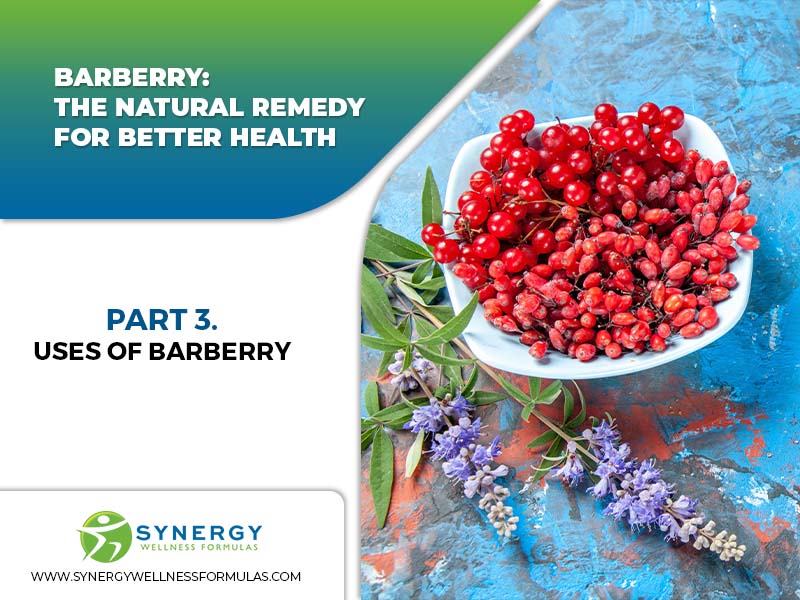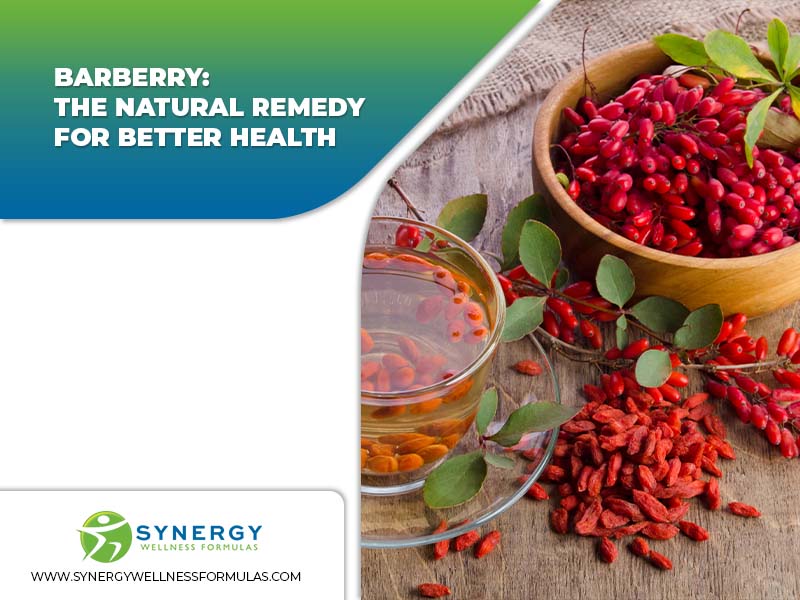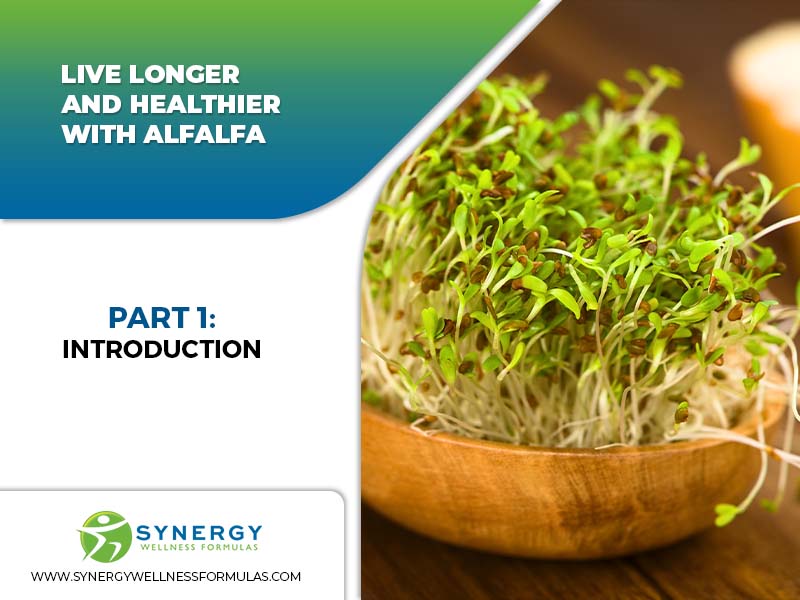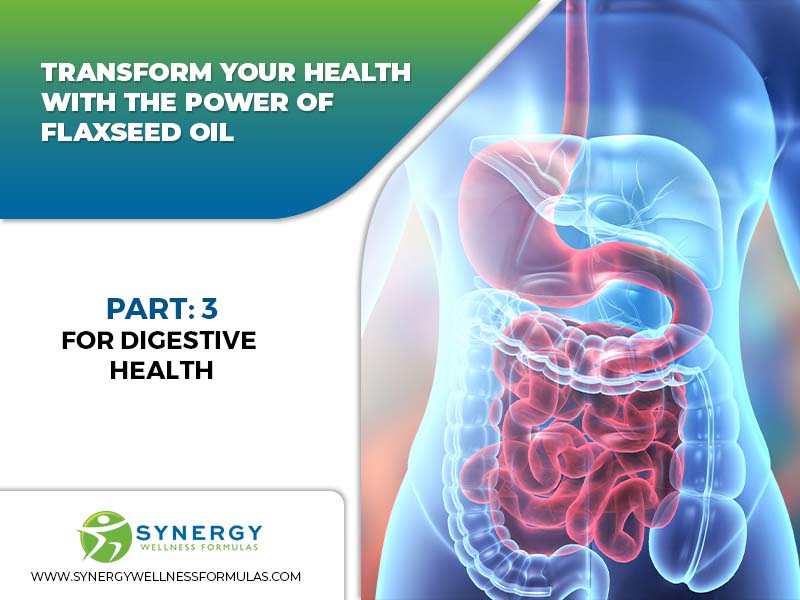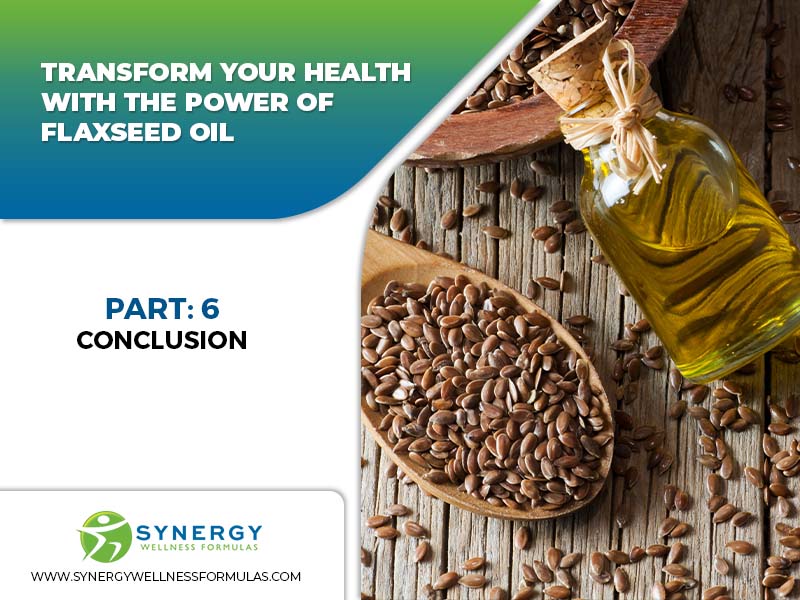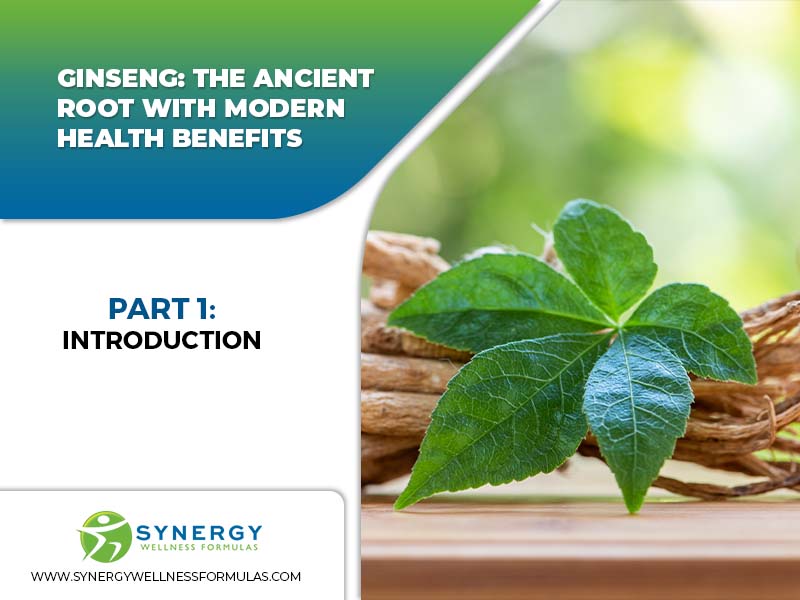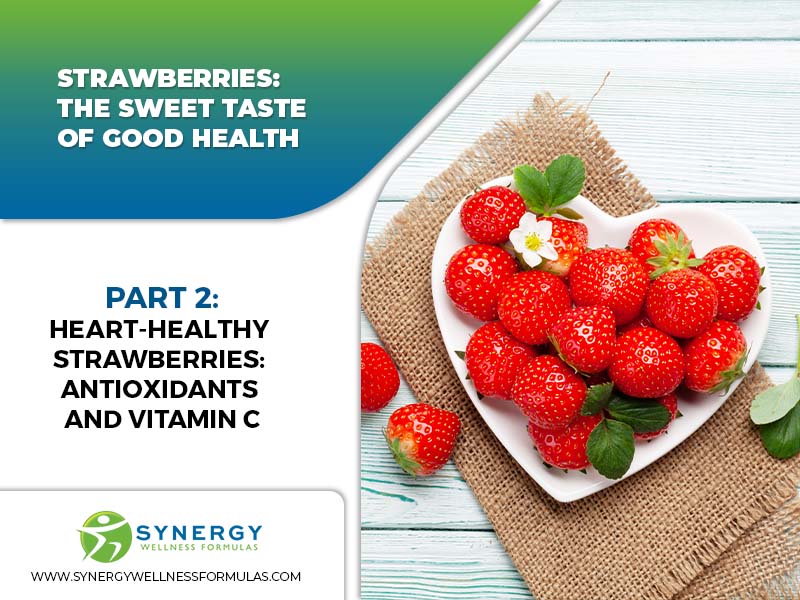ATP The Energy Currency That Powers Your Cells

Adenosine triphosphate, or ATP, is the energy currency of our cells. It’s responsible for powering every single physiological process in the body, and without it, we wouldn’t be alive. So what exactly is this molecule that keeps us running? In this article, we’ll explore how ATP works and why it’s so important to our health and wellbeing.
ATP is a nucleotide made up of three components: adenine, ribose sugar, and three phosphate groups. When these components are linked together in a certain way, they form ATP, the essential energy source for all living organisms. By breaking down this molecule into its building blocks, our cells can release the energy stored within to fuel metabolism and other vital functions. As such, ATP plays an incredibly important role in keeping us healthy!
Key Takeaway
ATP, or adenosine triphosphate, is a crucial molecule that serves as the primary energy currency for cells in our body. It powers various cellular processes, including metabolism, cellular signaling, and muscle contractions. This article delves into the components and production of ATP, as well as its various roles in maintaining our body’s proper functioning. By understanding how ATP works and its significance, we can explore ways to increase its production and ultimately enhance our overall health and performance.
The main components of ATP include adenosine and three phosphate groups, which together store and release energy when needed. ATP is primarily produced through cellular respiration and photosynthesis in plants, making it a vital aspect of life on Earth. Additionally, ATP plays a critical role in metabolism, breaking down nutrients and synthesizing essential molecules necessary for life. It also regulates cellular signaling, allowing cells to communicate and respond to their environment, as well as playing a vital role in muscle contractions, enabling us to move and perform physical activities.

What Is ATP?
ATP, or adenosine triphosphate, is the energy currency that powers our cells. It is a small but powerful molecule, consisting of a base, ribose sugar, and three phosphate groups. ATP works by storing and releasing energy in the form of chemical bonds between the phosphate groups. This process of ATP synthesis is crucial for energy efficiency in all living organisms.
The power of ATP comes from its ability to store and transfer energy with great efficiency. The ATP molecule can hold a large amount of energy within its three phosphate bonds and quickly release it as needed. This makes it an ideal source of cellular energy, allowing cells to perform complex tasks efficiently.
Moreover, ATP is incredibly versatile and can be used for a variety of different processes inside our cells. It can be used to make proteins, regulate metabolic pathways, transport molecules across membranes, and much more. All these activities rely on the efficient storage and transfer of energy provided by ATP synthesis. With this remarkable molecule at their disposal, our cells are able to function at their optimal level without wasting valuable resources or time. From powering muscle contractions to enabling biochemical reactions, ATP is essential for life as we know it. Moving forward, then, into understanding how ATP works…

How ATP Works
ATP, or adenosine triphosphate, is the chemical energy currency of the cell. It’s formed by the synthesis of adenosine diphosphate (ADP) and inorganic phosphate and is essential for cellular processes. Its structure consists of an adenosine molecule and three phosphate groups, linked together by strong bonds that store energy. This energy can be released for use in the cell when ATP is converted back to ADP. ATP is used by cells to provide energy for a variety of metabolic processes, including the synthesis of proteins, carbohydrates, and lipids. Overall, ATP is essential for maintaining life, and without it, cells would be unable to function.
ATP Synthesis
ATP is the energy currency that powers our cells, making it a critical component of life. But how does ATP work? One way it works is through ATP synthesis, which recycles the molecule to provide continuous energy for cells. Through the process of cellular respiration, oxygen and glucose are consumed by cells to create adenosine triphosphate (ATP). The ATP molecules are then recycled in a process known as oxidative phosphorylation, where they accept electrons from other molecules and release energy. This energy is used to recombine ADP into ATP molecules, thereby creating an ongoing cycle of energy production that supplies cells with the fuel they need to function properly. Without this cycle of ATP synthesis, cells would not be able to produce enough energy for proper functioning, making it essential for life itself.
ATP Structure
Now that we’ve discussed how ATP works, let’s explore its structure. ATP is composed of three components: adenosine, a sugar molecule; ribose, a five-carbon sugar; and three phosphates. This three-part arrangement creates the energy currency of life, ATP. When ATP is synthesized through the process of cellular respiration, the molecule stores energy to be used later on. To utilize this stored energy, the molecule must undergo hydrolysis, which breaks down the bonds between the phosphates and releases energy in the form of heat and light. This process is known as ATP hydrolysis, and it is essential for cells to use their stored energy for metabolic processes such as muscle movement. The cycle of ATP synthesis and hydrolysis provides cells with a continuous source of energy that enables them to perform their vital functions, making it indispensable to life itself.
ATP Role In Cellular Processes
Now that we have a better understanding of how ATP works, let’s take a closer look at its role in cellular processes. ATP is involved in almost every cellular process and has been referred to as the “energy currency” of life. During cellular respiration, ATP molecules are synthesized and store energy that cells can access later on during periods of activity or growth. This stored energy is then utilized through the process of hydrolysis, which breaks down the bonds between the phosphates and releases energy in the form of heat and light. This cycle allows cells to conduct their vital functions with a continuous supply of energy, making it an essential part of cell metabolism. Additionally, ATP acts as an intermediary for transferring energy from one molecule to another, facilitating many key processes such as muscle contraction and hormone secretion. In short, ATP is vital for life itself as it provides cells with a source of usable energy for metabolic processes.

The Components Of ATP
Irony is often used to add depth to stories and make them more engaging, but in the case of ATP, it’s ironic that something so small can be so powerful. ATP, or adenosine triphosphate, is an energy currency that powers most cells in living organisms. In other words, ATP is the “fuel” that enables processes like muscle contractions and nerve impulses to take place.
So what are the components of this miraculous molecule? Let’s take a closer look:
- Adenosine: A nucleoside molecule composed of ribose sugar and adenine base
- Three Phosphate Groups: The phosphates are linked together by high-energy bonds.
- Energy: The breaking of these bonds releases energy, which can then be used by cells.
The structure of ATP itself is not enough for cells to use it as fuel; they must also produce it through a process known as ATP synthesis. This involves combining ADP (adenosine diphosphate) with phosphate groups and using energy from either glucose or fatty acid metabolism. In this way, ATP production provides a vital link between food intake and cellular functioning; without it, our bodies would not be able to operate correctly!

How ATP Is Produced
ATP is the energy currency that powers our cells, and it is produced through a combination of photosynthesis and aerobic respiration. Photosynthesis occurs in plants, algae, and some bacteria, where sunlight is used to convert carbon dioxide and water into glucose. This process releases oxygen as a byproduct. On the other hand, aerobic respiration takes place in all living organisms and involves the breakdown of glucose molecules to produce ATP molecules. This process requires oxygen as well as organic compounds such as carbohydrates and fats.
The production of ATP is essential for many metabolic processes in our bodies, such as muscle contraction, active transport of molecules across cell membranes, synthesis of proteins and nucleic acids, and maintenance of cell structure. It also helps to maintain homeostasis by providing energy for many biochemical reactions. In addition, it serves as an important storehouse for energy that can be used when needed to sustain life processes.
In short, the production of ATP is essential for cellular life and metabolism. Now that we have a better understanding of how it is produced, let us take a look at what role it plays in metabolism.

The Role Of ATP In Metabolism
ATP, or adenosine triphosphate, is the energy currency of our cells. It is a molecule that powers many metabolic processes and is essential for life. Think of ATP as being like money in terms of its biological importance: it allows us to purchase the things we need to survive. Just as cash enables us to buy food, clothing, and other necessities, ATP provides the energy necessary for our cells to perform their functions.
Metabolic processes are the chemical reactions that break down nutrients into usable energy, which can then be used by cells. ATP facilitates these processes by transferring energy from one form to another. For example, when glucose is broken down into usable energy molecules such as pyruvate and acetyl-CoA, ATP acts as an intermediary by providing the energy necessary for each step of this process. Without it, metabolic processes would not occur efficiently or at all.
In addition to powering metabolic processes, ATP also plays a role in cellular signaling pathways that regulate gene expression and cell growth and division. Its ability to transfer energy between molecules allows it to act as a “switch” that turns on or off specific genes in response to external stimuli or changes in the environment. This ensures that cells are able to adapt quickly and efficiently when needed. By understanding how ATP works within these pathways, scientists can develop therapies targeting specific genes related to disease states such as cancer. With this knowledge at hand, we have the potential to make significant advances in medical research and treatments for diseases affecting millions of people around the world.

The Role Of ATP In Cellular Signaling
ATP plays an important role in cellular signaling, acting as a messenger between different components of the cell. In signal transduction, ATP binds to specific receptors and activates enzymes, allowing for the transmission of signals throughout the cell. In addition, ATP is essential for regulating cell processes, such as metabolism and growth, by providing energy for metabolic pathways. Without ATP, cells wouldn’t be able to communicate with each other, resulting in a decrease in cellular functionality. Thus, ATP is an essential component of cellular signaling, without which cells would not be able to function properly.
ATP As A Messenger
ATP is the energy currency that powers our cells, and it also plays a major role in cellular signaling. It acts as a messenger molecule, conveying important information between cells and allowing them to communicate with each other. In order for cellular transport to occur effectively, ATP provides the energy required for it to take place. By transferring this energy from one cell to the next, ATP gives cells the ability to transfer vital information and nutrients throughout the body. This type of energy transfer is essential for the proper functioning of organisms at all levels.
In addition to its role in cell-to-cell communication, ATP also acts as a signal molecule that can be used by enzymes to regulate biochemical reactions within cells. When ATP binds to an enzyme, it triggers specific changes in its structure and behavior, which allow it to carry out its task more efficiently. As such, ATP is an integral part of how cells receive and interpret signals from their environment. Without this energy transfer process occurring properly, there would be a significant disruption in normal cellular function.
Overall, the importance of ATP in cellular signaling cannot be underestimated; it is responsible for both intra-cellular and inter-cellular communication while providing the necessary energy transfer required for cells to work properly. Without this critical molecule playing its part in our bodies’ operations, we simply wouldn’t be able to survive!
ATP in Signal Transduction
In addition to providing energy for cellular transport, ATP also plays an essential role in signal transduction. ATP metabolism is the process whereby cells use ATP to transfer information from one cell to another, allowing them to communicate with each other. This is done by transferring the energy from one molecule of ATP to another, which then triggers specific changes in an enzyme’s structure and behavior that enable it to carry out its task more efficiently. Through this mechanism, cells can receive and interpret signals from their environment, enabling them to properly respond and adapt as needed. As such, ATP is critical for the proper functioning of organisms at all levels, and without it, we would be unable to survive! Ultimately, ATP has a huge impact on signal transduction, and its importance cannot be overstated.
ATP in Cell Regulation
ATP plays an essential role in cellular regulation as well. It’s involved in metabolic pathways, where it helps drive cellular respiration and the production of energy-containing molecules. This energy is then used by the cell to carry out its functions and maintain homeostasis. ATP also acts as a signal molecule for cells, allowing them to communicate with each other and respond appropriately to external stimuli. As such, changes in the levels of intracellular ATP can be used to control a variety of cellular processes, such as gene expression and cell cycle progression. Ultimately, ATP is critical for proper functioning at all levels and is essential for maintaining a healthy organism. The importance of ATP in cell regulation cannot be overstated!

The Role Of ATP In Muscle Contractions
Adenosine triphosphate (ATP) is the energy currency of all living cells and plays a vital role in muscle contractions. ATP is necessary for muscles to shorten and move, as it provides the energy required to drive processes like muscle contraction and relaxation. Without sufficient amounts of ATP, muscle fatigue would occur quickly, limiting the intensity and duration of exercise.
Muscle contractions require an initial expenditure of ATP, followed by regeneration of ATP from other sources as needed. This process begins with the breakdown of stored glycogen into glucose, which then enters glycolysis and produces small amounts of ATP. If there is not enough stored glycogen to meet the demand for energy, then fatty acids are mobilized from fat stores and metabolized in the mitochondria to produce more ATP.
The amount of available ATP determines how long muscles can sustain a contraction before becoming fatigued. As exercise intensity increases, muscles must generate increasing amounts of ATP to support intense contractions. Therefore, having adequate stores of ATP is essential for maintaining an effective level of physical activity over long periods of time. By increasing the production of ATP through proper nutrition and exercise, individuals can greatly enhance their physical performance and endurance capabilities.

Benefits Of Increasing ATP Production
The role of ATP in muscle contractions is indisputable. As the body’s energy currency, it provides the vital fuel needed for each and every contraction. In fact, ATP can be thought of as a conductor, directing the flow of energy and enabling muscles to contract and relax. But what happens when we increase the production of ATP?
By increasing ATP production, our muscles are able to work more efficiently. This leads to a number of significant benefits:
- Energy Conservation: With more ATP available, our muscles need less energy to contract and relax, leading to better energy conservation.
- Improved Mitochondrial Efficiency: With increased ATP production, our mitochondria have a greater capacity to produce more energy molecules with fewer resources.
- Reduced Fatigue: When our cells have access to more readily available energy sources like ATP, they don’t need to rely on other sources as heavily, thus reducing overall fatigue levels during exercise.
- Increased Stamina: Increased availability of ATP means that our cells have a higher capacity for endurance during physical activity.
By taking advantage of these benefits by increasing our cellular ATP production, we can unlock new potential in terms of improved performance and wellbeing. Not only does this enhance the quality of life for ourselves but also for those around us who are depending on us for service and support.

Frequently Asked Questions
How Is ATP Used In The Body?
ATP is an integral part of how our cells work, powering our body’s vital functions. It is most notably used in the process of cellular respiration, where it acts as a bridge between the breakdown of food molecules and the production of energy within the mitochondria. ATP is essential for providing energy to our cells and serves as a currency that can be used by other metabolic processes to fuel our everyday actions. By understanding its involvement in mitochondrial function and cellular respiration, we can better understand how ATP works to power our cells and allow us to serve others with greater ease.
Are There Any Natural Sources Of ATP?
ATP is an important energy source for cells, but did you know that it can also come from natural sources? For example, in some organelles, such as mitochondria, ATP recycling occurs naturally. This means that instead of being produced continuously, the same ATP molecules are reused multiple times. Furthermore, some organisms can even produce their own ATP from other substances like sugars and lipids. These natural sources of ATP provide cells with an additional energy boost, allowing them to perform even more efficiently and effectively.
What Are The Side Effects Of Increasing ATP Production?
Excessive production of ATP can have some unwanted side effects, such as the depletion of other important molecules in the cells and energy pathways. When too much energy is produced from ATP, this can lead to a disruption of cellular homeostasis, which could potentially cause adverse effects on the body’s overall health. It is therefore essential to ensure that ATP levels remain within a healthy range in order to avoid any potential side effects associated with an increase in its production.
How Does ATP Interact With Other Molecules In The Cell?
ATP is like the fuel of a car, powering the metabolic pathways in your cells. It interacts with other molecules to create energy through cellular respiration that can be used for various processes within the cell. As it cycles between ATP, ADP, and AMP, it helps fuel a variety of metabolic pathways that keep your cells alive and functioning. By interacting with other molecules, ATP helps provide your body with the energy currency it needs to power itself and serve others.
What Are The Differences Between ATP And Other Energy Sources?
ATP is an important energy source that powers all of our cells and is the primary form of energy used in the process of cellular respiration. ATP differs from other energy sources in its high-energy phosphate bonds, which it uses to store and release energy quickly. This makes ATP far more efficient than other forms of energy stored within cells, like glucose, for example. During the ATP cycle, it goes through a series of steps where it releases energy as needed, allowing cells to perform their essential functions.

Conclusion
ATP is an important energy currency in the body, powering many cellular processes. Its unique ability to interact with other molecules in the cell and provide a quick burst of energy makes it irreplaceable. It is like a light switch that turns on essential biochemical reactions and keeps them running.
The importance of ATP can’t be overstated; it’s the difference between being alive or not. Without it, our cells wouldn’t be able to function properly, and life would cease to exist as we know it. In short, ATP is like a spark plug that ignites the engine of life and keeps us going.









































